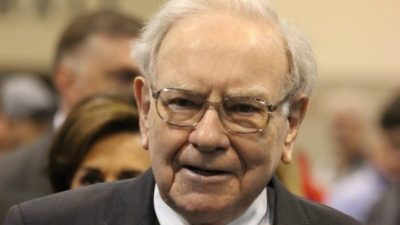What investors do with their money in retirement could be just as important as how they build up wealth to get there. Exchange-traded funds (ETFs) on the ASX could be a way for investors to do things simply.
ETFs enable investors to buy into a portfolio of shares or assets with just one trade.
It would certainly be possible for investors to buy into a broad ETF which just follows an index like BetaShares Australia 200 ETF (ASX: A200) and Vanguard Australian Shares Index ETF (ASX: VAS).
But, I think there are some specialised ETFs that can provide more focused investments for retiree investors. A mixture of dividends and growth could be attractive.
VanEck Morningstar Australian Moat Income ETF (ASX: DVDY)
This fund is about creating a diversified portfolio of dividend-paying quality ASX-listed companies, chosen by Morningstar. It intends to capture the performance of the 25 highest dividend-paying ASX-listed shares, excluding real estate investment trusts (REITs), that meet Morningstar's required criteria. This combines a share's 'economic moat' and 'distance to default' qualities.
An economic moat refers to a company's ability to maintain its competitive advantages and defend its long-term profitability, such as intangible assets (like brand recognition and patents) or cost advantages.
The distance to default measure is used to predict the likelihood of bankruptcy which, the fund says, has "also proven an effective predictor of dividend cuts".
I think a portfolio of quality ASX dividend-paying shares can be a solid ETF choice for a retirement portfolio.
Some of the names in the portfolio include Ansell Limited (ASX: ANN), IPH Ltd (ASX: IPH), AUB Group Ltd (ASX: AUB), National Australia Bank Ltd (ASX: NAB), Iress Ltd (ASX: IRE), and Wesfarmers Ltd (ASX: WES).
Over the year to 31 July 2022, the income part of the return was 5.65%.
Vanguard Global Infrastructure Index ETF (ASX: VBLD)
Another area that could fit well into a retirement portfolio is infrastructure.
Infrastructure can be a good investment because of its typically consistent, and perhaps growing, earnings and distributions.
One of the advantages of this portfolio from Vanguard is that it's globally based. While just over two-thirds of the ETF is invested in the US, there are multiple other countries that have a weighting of more than 0.5% — Canada (14.6%), Japan (3.6%), UK (3.2%), Spain (2.2%), Australia (2.1%), Hong Kong (1.9%), Italy (1.6%), and France (0.7%).
In terms of sector allocation, at 31 July 2022, 'conventional electricity' made up 34% of the ETF, 'railroads' were 19.6% of the portfolio, 'pipelines' were 14% of the portfolio, 'multi-utilities' were 10.7% of the portfolio, and infrastructure REITs were 9.7% of the portfolio. Other smaller sectors include transportation services, water, telecommunication services, and telecommunications equipment.
According to Vanguard, the equity yield is 2.9%. That's not a bad starting yield.
VanEck Morningstar Wide Moat ETF (ASX: MOAT)
The first ETF I wrote about was focused on dividends from Australian businesses.
However, the VanEck Morningstar Wide Moat ETF is invested in a portfolio of US shares that are viewed as strong, long-term businesses with wide economic moats.
The Morningstar investment team only choose shares that are seen as good value compared to how much they think the business is actually worth.
For a company to earn the status of having a wide economic moat, according to Morningstar, excess normalised profit must, with near certainty, be positive a decade from now. On top of that, excess normalised profit must, more likely than not, be positive 20 years from now. In other words, chosen investments could be solid picks for at least 20 years. But, the portfolio may move on from those holdings, depending on factors like valuation changes.
While this ETF isn't likely to pay much of a dividend, the total returns have been good in my opinion. The VanEck Morningstar Wide Moat ETF has made an average return per annum of 15.1% since June 2015. But, of course, past performance is no guarantee of future performance.








